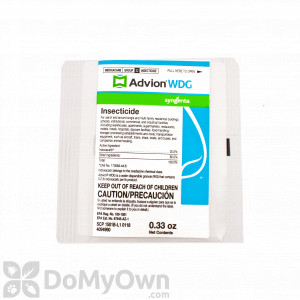- Crazy Ants are very small compared to other ants
- Color is dark brown to black, and sometimes has a faint bluish sheen
- Crazy ants have only one node between the thorax and abdomen
- Crazy Ants can be identified by their extremely long, 12-segment antennae and extra long legs
Behavior
The Crazy Ant gets its name because of its erratic and rapid movements (appears to be "acting crazy") where other ant species follow specific, direct trails.
Habitat
While not native to the US, the Crazy Ant can be found in the southeast regions from Florida to South Carolina, and also throughout Texas and California. The crazy ant is very much adaptable, having the ability to survive in both dry and moist conditions. It is not uncommon for the crazy ant to nest a distance away from its foraging area. Crazy Ant nesting sites include in and around trash and refuse sites, inside plant and tree cavities, in and around rotten wood and soil.
Feeding Habits
Crazy Ant workers will feed on dead insects, seeds, sweet fruits (especially honeydew), plants, and other sweet foodstuffs. Interestingly, Crazy Ants seem to have a seasonal preference for protein-based foods and often refuse honey and sugar baits during the summer months.
Life Cycle
Little is known of the life cycle of Crazy Ants, except that colonies contain large numbers of ants, sometimes with up to 2000 workers. A single crazy ant colony may harbor up to 40 queens. Swarmers - or fertile ants- may show up any time of the year except in cooler climates, where they only appear between May and September.
Basic Control Methods
Try a combination of the following methods to reduce and eventually eliminate Crazy Ant populations in and around your home:
- Attempt to locate possible nesting sites by following trails, and eliminate possible points of entry through repair (caulk, mesh screen, etc).
- Drench outdoor ant mounds or colonies with Demon WP or Cynoff EC.
- Create an outdoor perimeter treatment around your home using Demon WP or Cynoff EC to discourage entry
- If the problem plagues your neighborhood, spreading a granule, such as Talstar Granules, over your yard will provide up to 3 months of protection.
- Inside, spray Demon WP or Cynoff EC on and underneath baseboards, inside cabinets and under appliances to eliminate existing ants.
- Unlike other ant species, Crazy Ants do not respond well to baits. For indoor colonies, try dusting underneath baseboards and up inside wall voids with Delta Dust or Drione Dust.
For more detailed information on Crazy Ant prevention and control, see How to Get Rid of Crazy Ants
Products:
All Ant Control products




